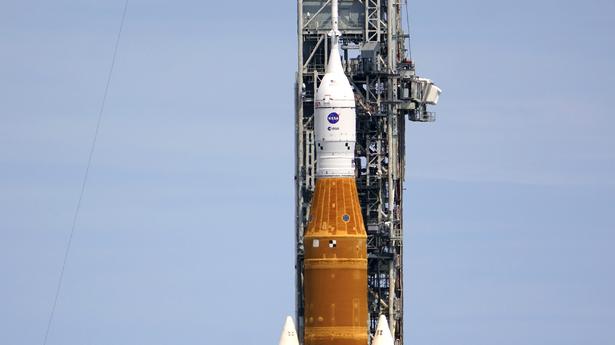
Who is Artemis? NASA’s latest mission to the Moon is named after an ancient lunar goddess turned feminist icon
The Hindu
NASA has a long history of naming its missions after mythological figures
Artemis I will send a rocket without a crew on a monthlong journey around the Moon.
The programme aims to increase women’s participation in space exploration – 30% of its engineers are women. In addition, the Artemis I mission will carry two mannequins designed to study the effects of radiation on women’s bodies so that NASA can learn how to protect female astronauts better.
Female astronauts are currently less likely to be selected for missions than men because their bodies tend to hit NASA’s maximum acceptable threshold of radiation earlier. NASA expects to bring the first woman and person of colour to the Moon on Artemis III sometime after 2024.
Also read | NASA to make second attempt at debut moon rocket launch on September 3
As a scholar of Greek mythology, I find the name of the mission quite evocative: The Greeks and Romans associated Artemis with the Moon, and she has also become a modern-day feminist icon.
Artemis was a major deity in ancient Greece, worshiped at least as early as the beginning of the first millennium B.C., or even earlier. She was a daughter of Zeus, the chief god of the Olympians, who ruled the world from the summit of Mount Olympus. She was also the twin sister of Apollo, god of the Sun and oracles.
Artemis was a virgin goddess of the wilderness and hunting. Her independence and strength have long inspired women in a wide range of activities. For example, in a poem titled “Artemis,” author Allison Eir Jenks writes: “I’m no longer your god-mother … your chef, your bus-stop, your therapist, your junk-drawer,” emphasising women’s freedom and autonomy.













